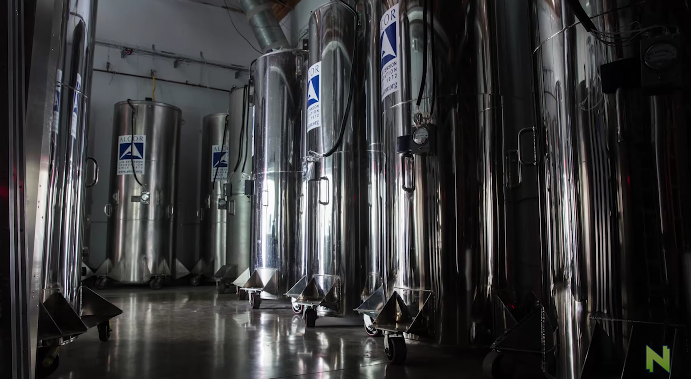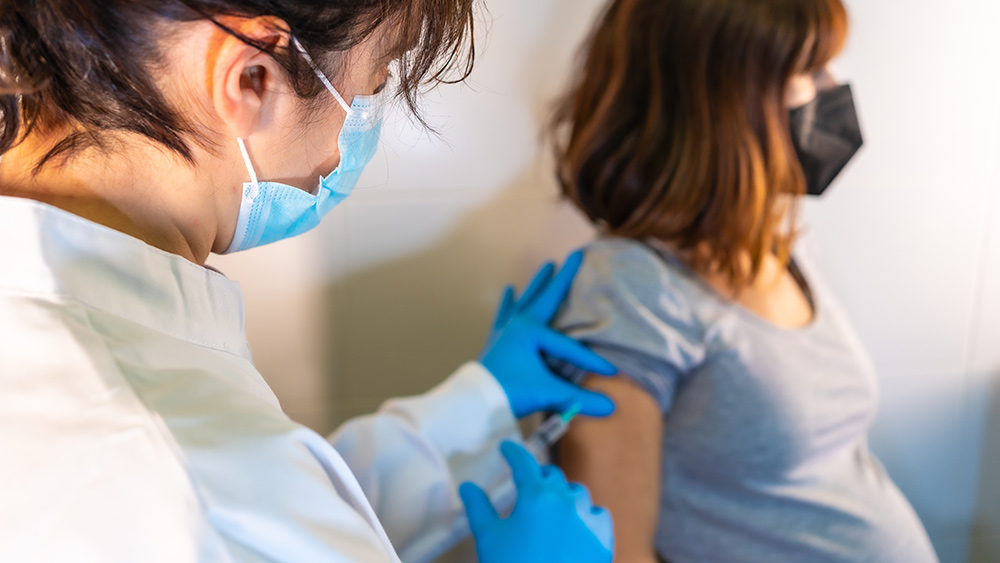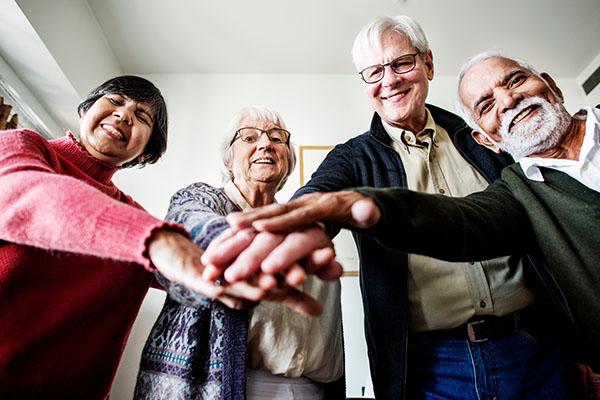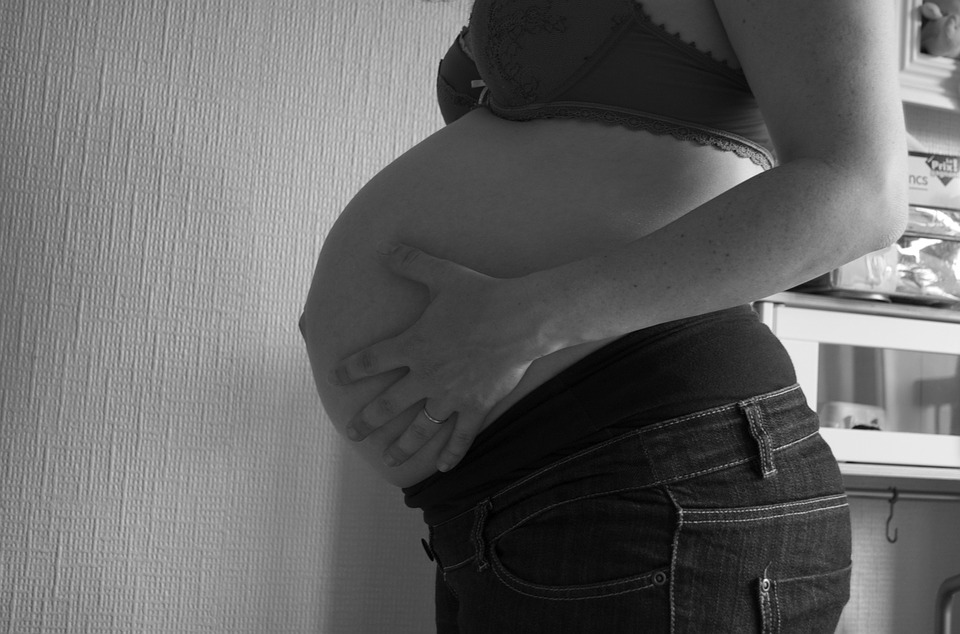Arizona cryogenics facility preserving “legally dead” humans and pets for future revival
10/24/2022 / By Kevin Hughes

The preservation of human beings and animals using low temperatures has long been known, with Arizona-based Alcor Life Extension Foundation being a leader in the practice. Its facility in the Grand Canyon State holds 199 people and almost 100 pets in ice for a revival in the future.
According to Alcor’s website, cryonics pertains to the practice of preserving life by pausing the dying process using subfreezing temperatures with the intent of restoring good health with medical technology in the future. Established in 1972, the non-profit Alcor based in Scottsdale, Arizona was set up to help bring cryonics to the world.
Alcor President Emeritus Max More explained that the 199 patients they hold in tanks filled with liquid nitrogen are only “legally dead” and not biologically deceased. He believes cryonics could be their savior, with future advances in medical technology enabling their treatment and return to the peak of health. (Related: Texas set to build world’s largest cryopreservation center, housing 50K frozen humans with plans to one day revive them.)
Two-year-old Matheryn Naovaratpong from Thailand, who died of brain cancer at her young age, is among Alcor’s patients. More explained: “She is by far our youngest patient. Both her parents were doctors and she had multiple brain surgeries, and nothing worked, unfortunately.” Naovaratpong’s parents are determined to reunite with their daughter in the future, when advances in medicine can finally treat her.
Alcor attracts patients young and old from all walks of life. Aside from the young Thai girl, cryptocurrency pioneer Hal Finney also had his body cryopreserved at Alcor following his death from complication linked to Lou Gehrig’s disease in 2014.
People can put their whole body in a high-tech freezer for future revival, at a hefty cost of $200,000. However, there is an option to place the brain on ice for a discounted fee of $80,000.
Cryonics far more complicated than merely freezing, defrosting
According to Alcor’s former president, the process is far more complicated than merely freezing and defrosting.
After the patient has been announced legally dead, the body will be saturated in an ice bath. During this procedure, a mechanical CPR device is employed to guarantee blood circulation and medications for the purpose of protecting the cells against damage. More said this prevents the patient from going back to consciousness and blood clots. He added that maintaining blood pressure is critical for life, much like in the organ donation process.
He explained that the bodies are not scientifically frozen but vitrified.
“We don’t want to freeze the patient. We want to vitrify them. And the reason is that once you cool to very cold below freezing, the solution, instead of crystallizing, will just get thicker and thicker and it’s like a glassy block holding all the cells in place without any internal structure and so does no damage,” said More.
“And once we reach that point, around minus 110 degrees, the body becomes truly solid and absolutely nothing is happening in the body. There’s no biochemical activity whatsoever, certainly no neurological activity. So, at that point, it doesn’t matter whether you wait a day or 100 years, you’re going to be just the same as when you started.”
More’s wife, futurist and author Natasha Vita-More, thinks those who volunteered for cryopreservation won’t be alone once they are restored.
“They will most likely have family members and or friends who have also signed up for cryonics… A person who had cancer or ALS or some other type of injury or disease is revived. The disease or injury cured or fixed, and the person is, has a new body cloned or a whole-body prosthetic or their body reanimated and meet up with their friends again,” Vita-More said.
More stories like this can be found at WeirdScienceNews.com.
Watch this video that discusses the use of cryotherapy for health restoration.
This video is from the Biohacking Secrets channel on Brighteon.com.
More related stories:
Cryogenics pioneer claims man frozen in liquid nitrogen 50 years ago will be brought back to life.
Cryogenically frozen organisms brought back to life by scientists.
The world’s first cold-weather body decomposition farm to be built at Northern Michigan University.
Sources include:
Submit a correction >>
Tagged Under:
Alcor Life Extension Foundation, Arizona, bioethics, cryogenic freezing, cryonics, cryopreservation, future science, future tech, health science, Max More, medical tech, Natasha Vita-More, research, weird science
This article may contain statements that reflect the opinion of the author
RECENT NEWS & ARTICLES
HealthScience.News is a fact-based public education website published by Health Science News Features, LLC.
All content copyright © 2018 by Health Science News Features, LLC.
Contact Us with Tips or Corrections
All trademarks, registered trademarks and servicemarks mentioned on this site are the property of their respective owners.



















